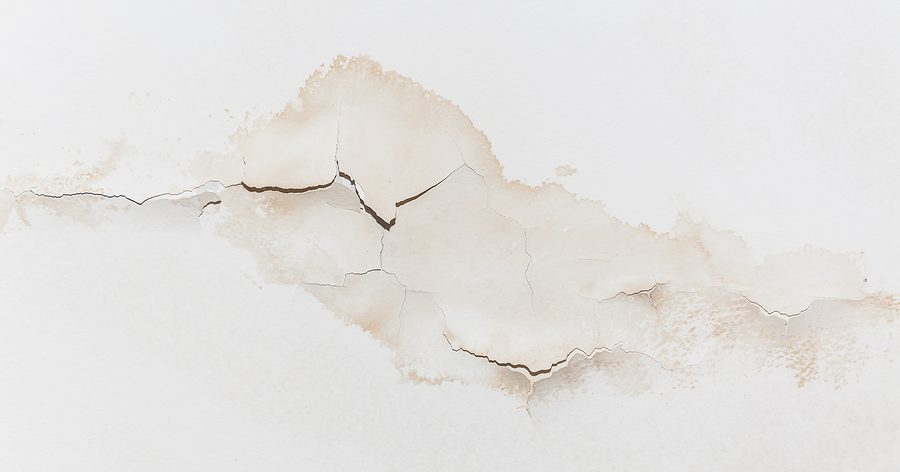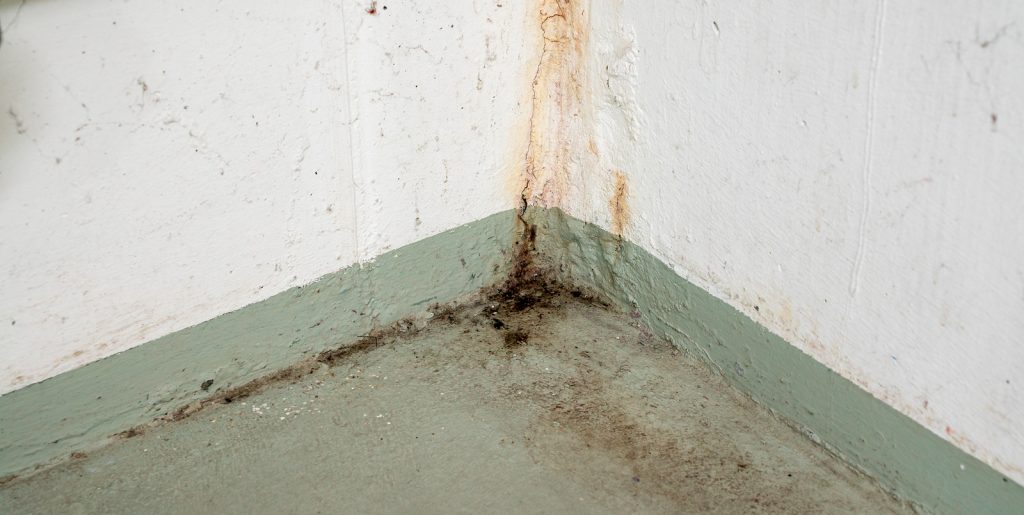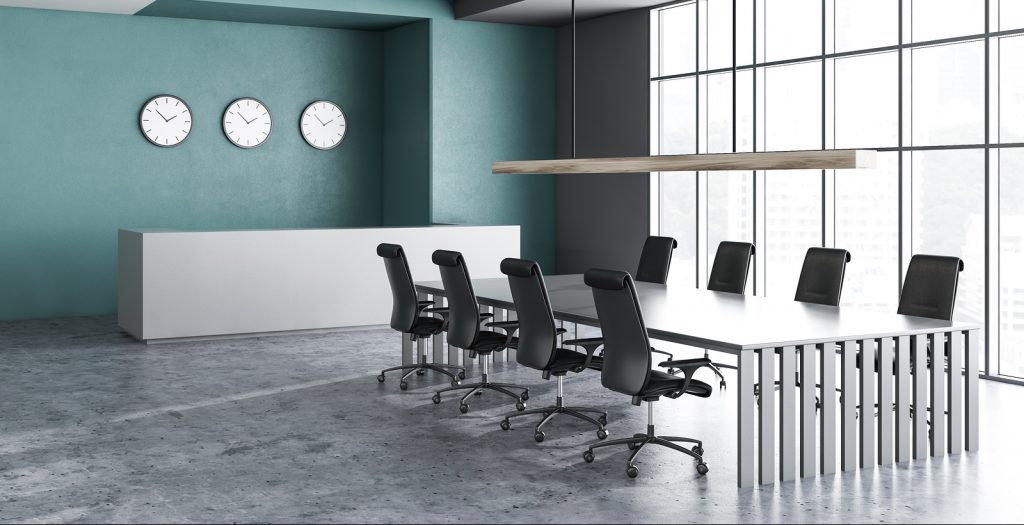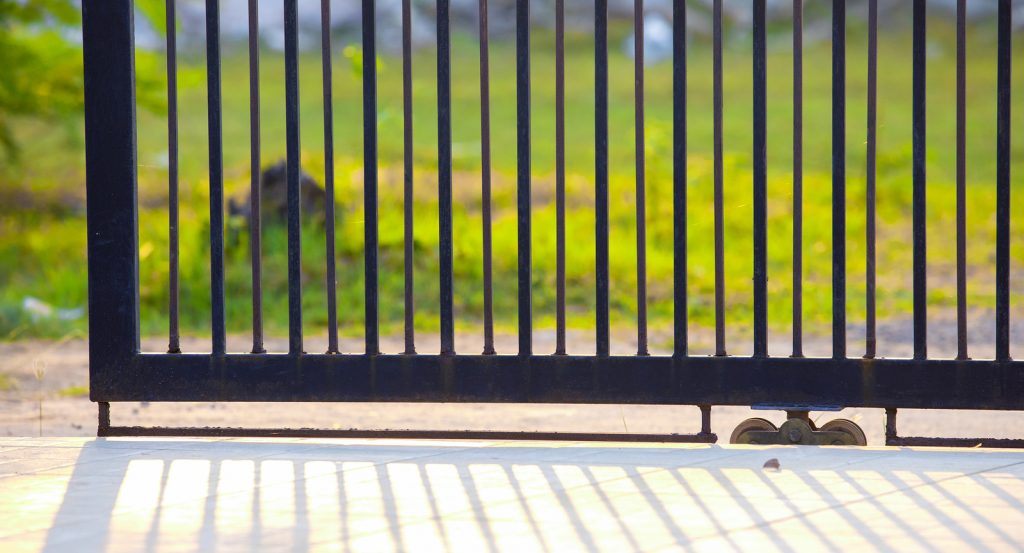When you spot a crack in the ceiling, you might feel a sense of panic. What could this crack mean? Is there a serious underlying matter that has to be resolved? Is my home going to require a tedious renovation? But before you spiral into all sorts of possibilities, keep in mind that not all ceiling cracks are serious. In fact, some are simply cosmetic. For this reason, a little knowledge goes a long way, especially when it comes to peace of mind.
When you spot a crack in the ceiling, you might feel a sense of panic. What could this crack mean? Is there a serious underlying matter that has to be resolved? Is my home going to require a tedious renovation? But before you spiral into all sorts of possibilities, keep in mind that not all ceiling cracks are serious. In fact, some are simply cosmetic. For this reason, a little knowledge goes a long way, especially when it comes to peace of mind.
Continue reading to learn 3 common types of ceiling cracks and what they might imply for your home.

❶ Thin Straight Cracks
If you discover a fine, straight crack in your ceiling, it is often an indication of poor joint taping. Basically, whoever did the framing work for the home did not use a sufficient amount of drywall mud during the taping step of the project. As a result, the tape did not adhere well enough to the joint. This creates a crack along the edge of the slackened tape.
The good news is that this is entirely superficial, so there is no need for immediate repair. If you do mind the cosmetic defect, you can apply a thin lawyer of drywall compound under the loose tape and re-securing it to the drywall.
❷ Tiny Spider Web Cracks
When you have tiny, web-like cracking in your ceiling, it is likely another superficial defect. Such cracks generally occur as a result of insufficient drywall compound when creating a textured ceiling. In contrast, if the cracks are more like a starburst, or go outward in multiple directions, it is likely a result of using too much drywall compound to create a textured ceiling. This is because compound shrinks as it is drying. To fix this problem, you can simply cover the blemish with more drywall compound, but this may require some sanding and priming first.
❸ Discolored Cracks
When you spot yellowish brown stained cracks in the ceiling, it is not a good sign. Not only could discolored cracking be a sign of a water leak, it could also pose serious structural hazards. In this case, you would need emergency inspection services to confirm the cause of the leak. Once you have determined what has caused the leak, you will need to have that problem repaired before you can refinish the drywall and ceiling.
⚠ Regardless of the types of cracks you have in your ceiling, it is important to have them inspected as soon as possible in case the problem is a water leak or structural issue. Try to have your inspection scheduled within 3 to 5 days to be safe.
Indianapolis Drywall Contractors Who Can Help
Call Restoration By L & B, LLC at 317-454-3612 for affordable drywall and painting service in Central Indiana and its surrounding areas. Our Indianapolis general contractors provide a wide range of drywall and painting services for both commercial and residential properties, from inspections and diagnostics, to full-on home renovations, additions, conversions, and more. Request an estimate, today!




